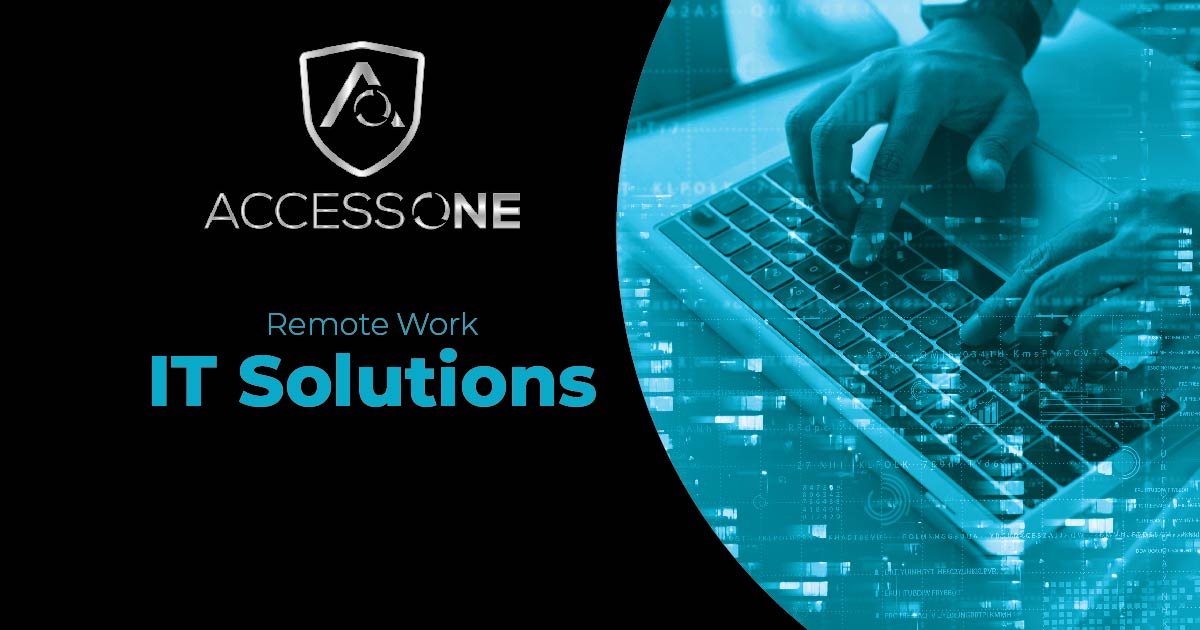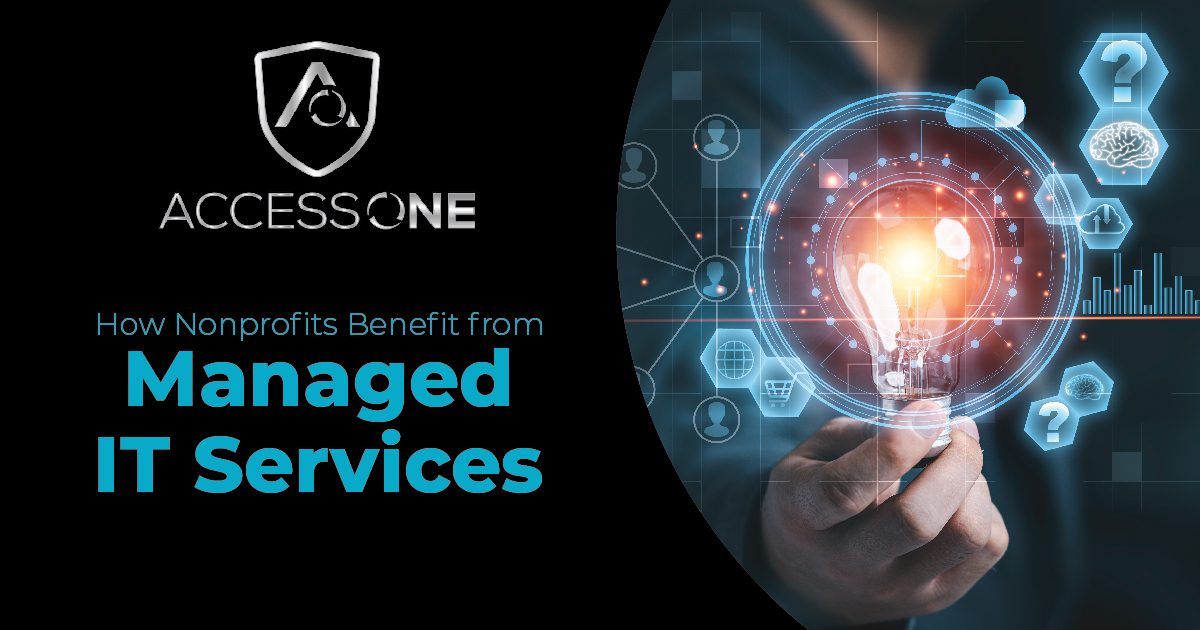The prevailing thought in the IT community is that when it comes to disasters that affect your system, it’s not a matter of if, but when, a disaster will happen. It could happen today or months, perhaps years down the road, but the statistics of disaster that hit companies that aren’t prepared are fairly bleak — meaning that some don’t survive.
Considering all the threats organizations face today, its surprising to learn how many are unprepared for the worst that can happen. Having a disaster recovery plan in place isn’t even enough. Organizations need to practice what they’ll do when a disaster occurs.
In recent years, tackling disaster recovery issues has involved going to the cloud. Mission-critical applications, as well as sensitive and important data, have all gone to the cloud as a means of improving disaster recovery strategies.
However, as much as the cloud can be of benefit, and while it’s smart to make improvements via that channel, IT managers need to manage their in-house infrastructure as well. For example, knowing what risks are associated with your in-house applications and data is a great place to start with a more robust disaster recovery strategy.
Too many organizations have misconceptions about data recovery, including that data protection is somehow the same. It’s about more than just backups, archives, and replication. Data recovery is about planning that keeps business continuity in mind. It’s also about partnering with a third party that can provide state-of-the-art security and fire protection, as well as updates and maintenance that keep your valuable applications and data safe and secure.
If you partner with the right third party to develop your disaster recovery strategy, they will help determine the following:
· How far back you need to go for effective business continuity
· Human capital risks
· Dependencies that will impair other areas of your business
· Your tolerance for downtime
· What your customers and partners require to work successfully with your business
· The amount of data you can lose and stay afloat
· Your phone service’s role in disaster planning
At Access One, we’re able to do all of the above and more for your disaster recovery strategy. Our disaster recovery services will keep your employees safe and provide you with a method of communicating with workers and customers when the worst occurs. We can help you identify redundant systems and facilities and provide a thorough list of your equipment inventory. Contact us today to learn how we can improve your disaster recovery strategy.















